This is the first time in four years I’ve re-visited a blog post. I was talking to a friend recently and she wanted me to write a blog post teaching other moms how to help their families go plant-based. Her comment reminded me of this post, so I thought I’d bring it back with a few new suggestions. We’ve been successfully eating a plant-based diet for more than 16 months!
Read to the end to get an update and my new reflections on how to help your family move away from animal foods to a plant-filled diet!
After I came home from the Plant-Based Prevention of Disease conference, I decided that I wanted to try to move our family toward eating plant-based instead of eating plant-based by myself. Now, while I’d read a book or articles, do research and look up expert opinions, I knew the best tactic in our house to jump-start this discussion was to do what would make the biggest splash: We’d have to look at a screen. We may be a family of readers, but this time drastic measures had to be taken. I mean, I wanted something to happen now, not in a few weeks after everyone had read a book that I recommended. Besides, my six year old needed to come along too and the books I have are a little above her comprehension level. Nope, a screen would be the best approach.
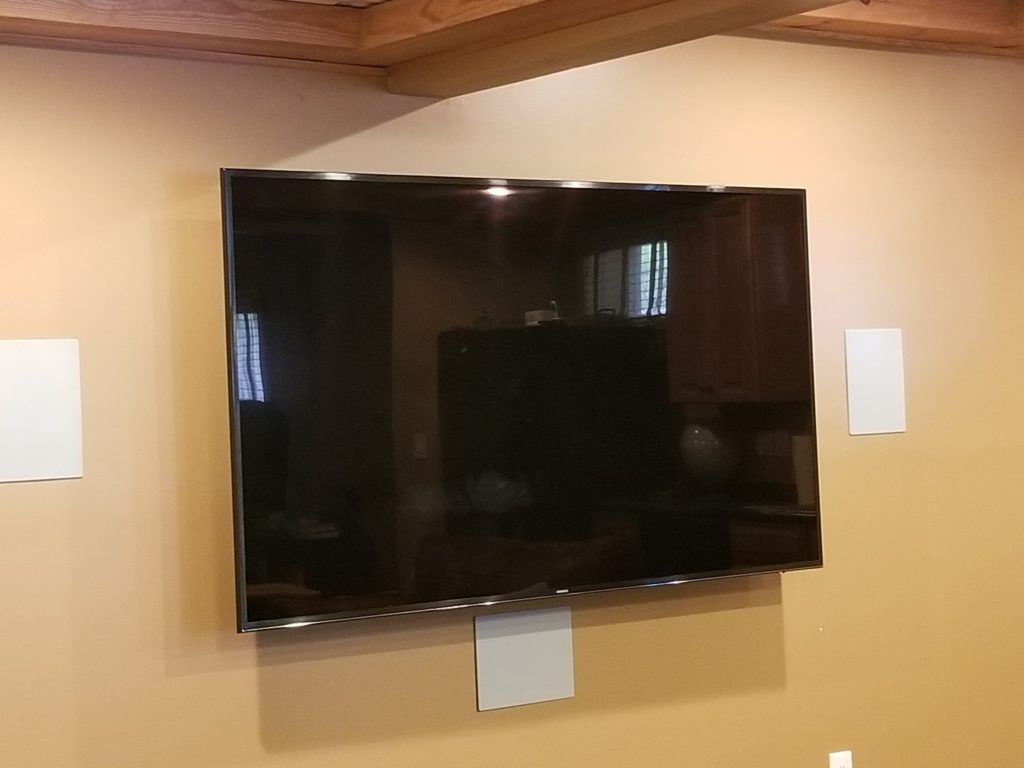
So we sat down as a family and watched Forks Over Knives on Netflix. Now, I already knew about the health benefits of plant-based eating, but seeing it on a screen and seeing patients who radically changed their health prognosis was powerful. Even with all the amazing stories and information in the movie, it was after it was over that the most shocking thing happened. My husband looked over at me and said, ” OK, I’m on board.” I almost fell off the couch! My husband has never considered even trying to be vegetarian, much less eating vegan. Even though he’s in good health, he knows his family medical history, and the health benefits really are that compelling. The kids jumped in with their support too (the older three anyway – the six-year-old wasn’t sold, but she went along with the big kids). So I got busy figuring out what we’d eat that week.
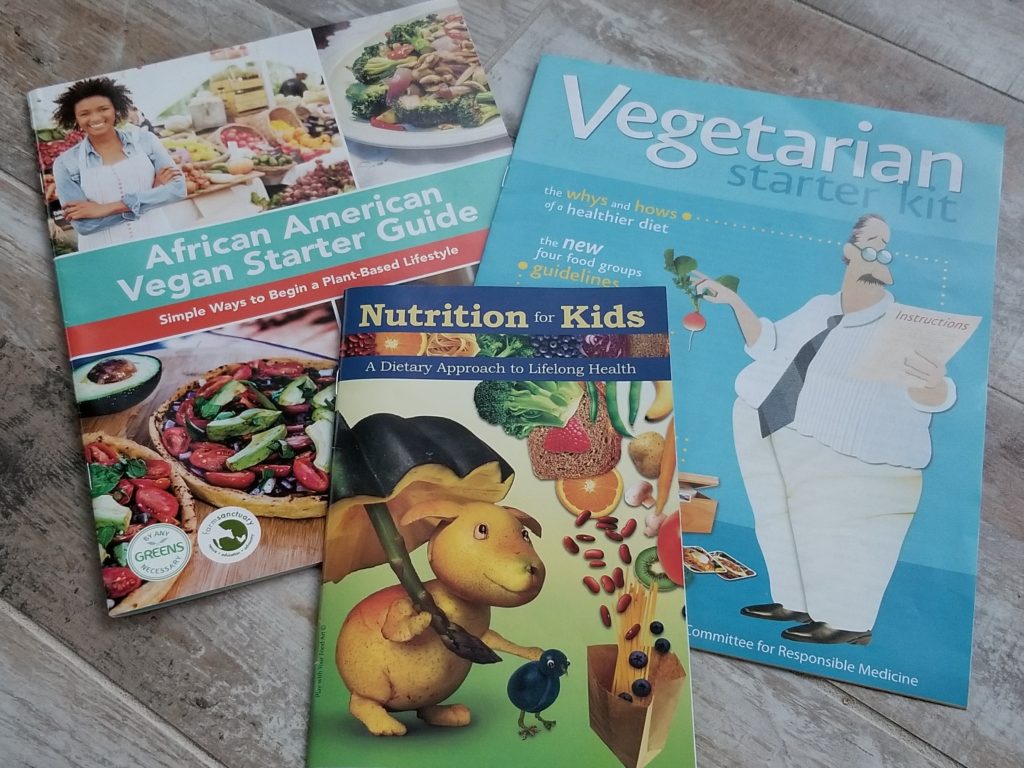
In the background, I was working on my master plan. See, I know the health benefits and I agree with the need to eat a whole foods, plant-based diet, but I also know that it can be tough to stick to a healthy eating plan, especially if you’re feeling well and have no medical problems. No, I needed to light other fires that would keep us convinced when we started to waver.
Fortunately, God was helping me out. When the kids went to the library, my twin girl saw a book that she knew I’d like and brought it home. It was called Food Is The Solution, and the first 60-70 pages are all about the environmental impact of animal agriculture. It’s incredibly powerful – the graphics, essays, and stories shared will move you. When I shared that the foreword was written by James Cameron (director of Avatar, Titanic, and others), Perry got interested. The kids passed it around and took turns reading. I talked about it at work. And since Forks Over Knives was so successful, I looked for more documentaries to watch. This time we started watching Cowspiracy, which emphasizes the environmental impact of animal agriculture and what forces are at play to prevent the public from becoming educated about it. It was maddening – but also galvanizing.
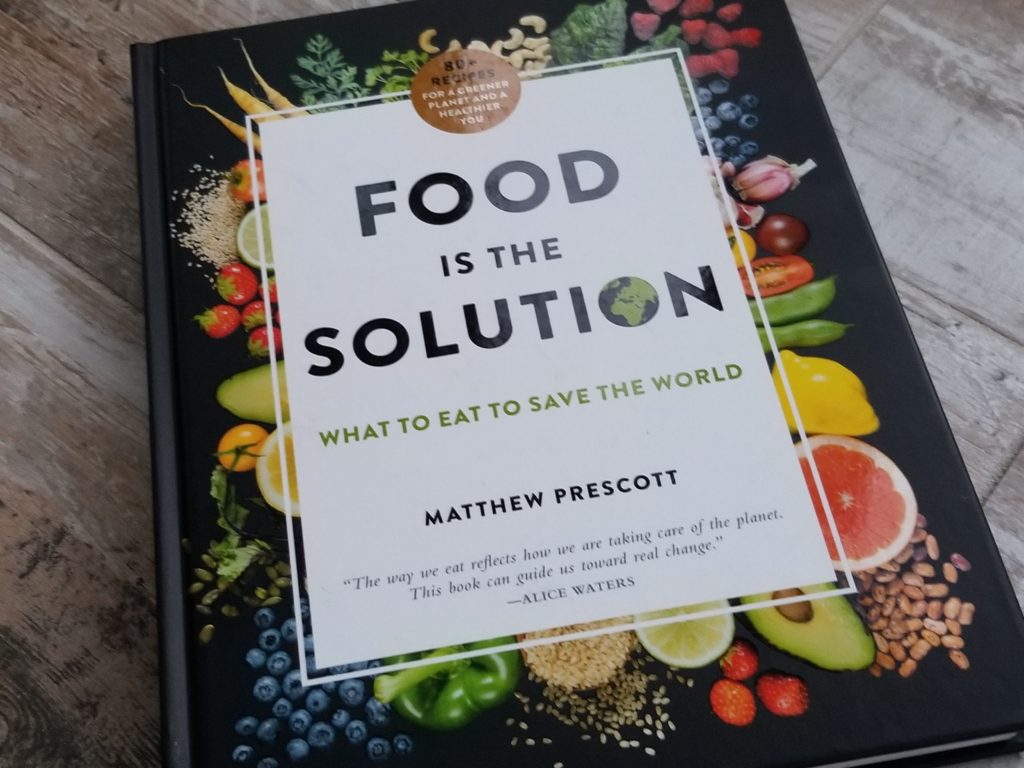
It’s been weeks since our family has eaten any animal foods except a few things that were leftover in the freezer. And when I’ve suggested that we eat some meat that is in the frig, the kids have wanted to know why. They want a good reason to go against their commitment, and I’m so proud of their integrity! My husband has started making his own veggie sandwiches for lunch instead of ordering out. He’s lost 10 lbs and feels full and healthy. I feel good (even with a mild head cold I picked up yesterday), and even more, I feel inspired and strong.
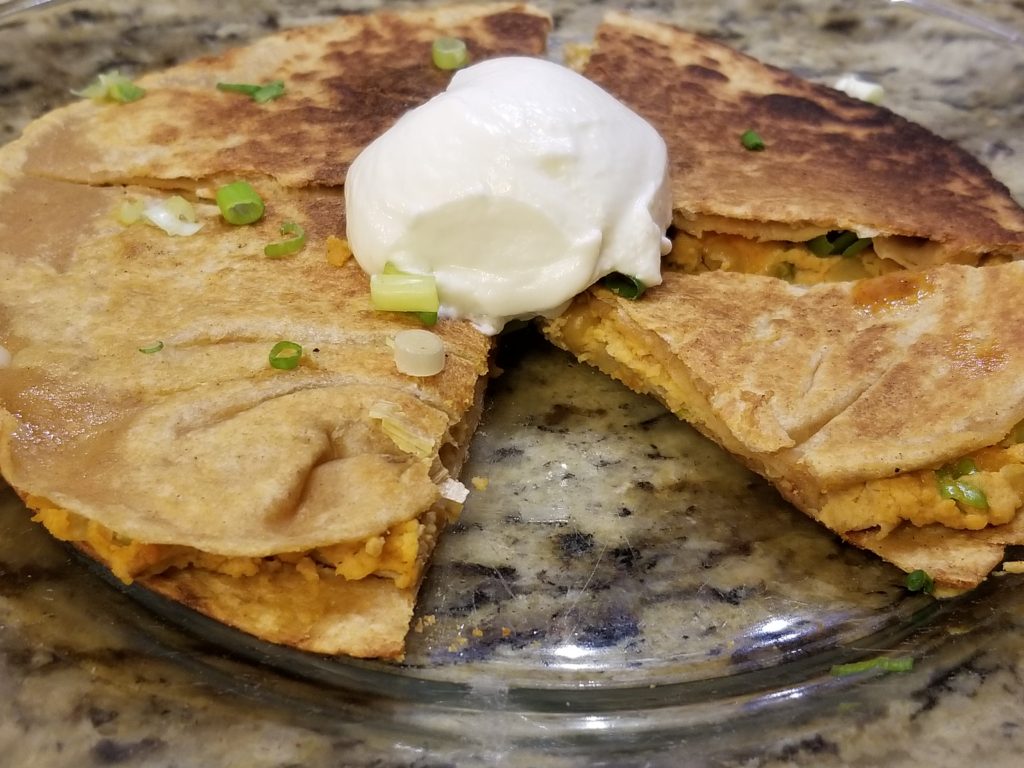
Buffalo chickpea quesadilla with vegan sour cream – so good!
Everyone needs their own why to make a change. For some people, it takes a health threat to do it. Sometimes, the ethical reasons are the reason. For others, that the environment we live in needs to be rescued is the compelling why. There are also people like me for whom all the reasons matter. I want to live a healthy life and not live a slow, painful decline on multiple medications. I also want to restore and care for this earth we are responsible for. The ethics matter to me too: I can’t eat a piece of chicken knowing that the ammonia dust from chicken waste is poisoning poor communities who can’t stop the spread of chicken houses being built in their backyards. I can’t live with the thought that my demand for eggs and chicken drives worsening health for communities full of people, many who look like me. I can’t eat pork knowing the horrific conditions the pigs live under for the duration of their lives (same for most chickens and cattle). I don’t want my desire for a steak to contribute to the growing dead zones in the oceans and pollution in our waters. I’d rather eat grains and fruits and veggies. I know there is an environmental impact from the mass production of any food – but by far the heaviest impact is coming from animal food. With 7 billion people of the planet (and heading toward 9 billion), we can’t keep eating such a meat-heavy diet and think we’ll never run out of our natural resources. We already are. And for those of us in the US, we are the number one users of these resources. As people who have a powerful sense of self-determination, ingenuity, and creativity, I think we can do better.
This is true for any change we want to make, diet or otherwise. Change can be hard! We are creatures of habit, and changing habits takes a lot of effort and momentum. Do you want to start exercising, develop a meditation practice, eat more plants, or get more sleep? Without a reason, we generally just fall back into our normal routines – it’s just human nature. But we can choose to change if we have good motivation, and that takes finding a compelling why for making the change. It doesn’t have to be a good reason for everyone: It just has to be one for you.
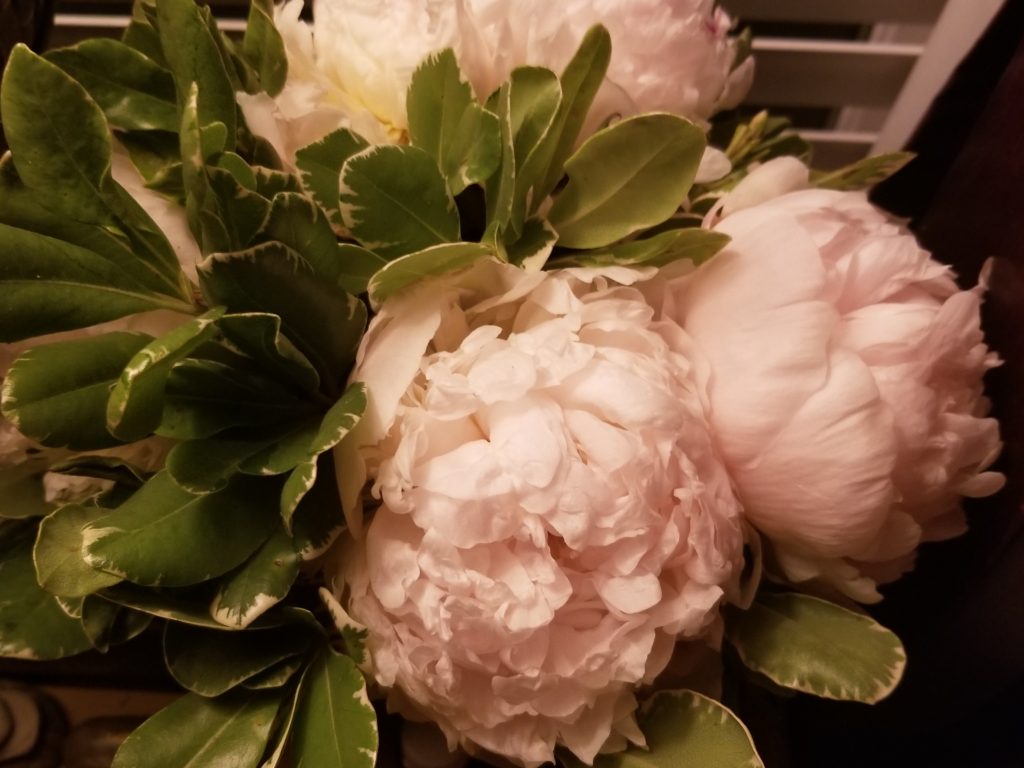
We started eating plant-based as a family in May of 2019. Now sixteen months later, we haven’t wavered. Well, I’ve wanted a piece of fish every so often, but not badly enough to go get it! A plant-based diet certainly can contain an occasional animal food – it’s just the exception, not the rule. Eventually, I may want to have something that’s not plant-based, but so far I haven’t felt the need.
So what have we done to make this work for our family? The first thing that I did was make sure that I wasn’t being dogmatic during the transition. A whole foods, plant-based diet is supposed to be minimally processed for maximum health. But there were certain things that I needed to be flexible on. For example, my kids LOVE cheese, so eliminating cheese altogether wasn’t going to work. We found some vegan cheese slices and shreds that they liked (Follow Your Heart brand is good, especially the smoked gouda flavored slices) and ate those instead of cow’s milk cheese. They’ve naturally started eating less of the vegan cheese.
Since we eliminated our hard-boiled egg breakfast day, that left oatmeal, cereal, and granola in the rotation. Sometimes I make granola, and sometimes I don’t get to it. Granola is expensive and my youngest has lots of nut allergies, so it’s best if I make it for the family. But I don’t always have time. So they eat cereal some days. I limit the sugar by requiring them to mix it with puffed millet, but I’m not taking it away.
We use meat substitutes from time to time. I know they’re vegan junk food and are highly processed, but when they want to have burgers for a cookout, we eat the Beyond Meat burgers (or their equivalent from Trader Joe’s). I use their ground not-meat in spaghetti sauce sometimes too. Is it a regular menu item? Nope – nutritionwise it’s not better than ground beef. But it has less of an environmental impact. I also think meat substitutes can be useful in making the transition to a whole foods, plant-based diet, so I think they can be used sparingly without harm. We use them less often than we did in the beginning, and since we started the kids have found certain whole-food recipes that they love (check out our black lentil chili recipe!), so we keep those in the rotation.
In order to make the shift for your family, you have to decide what works best for you. Maybe you start by trying some whole-food meatless Mondays. Maybe you save meat for weekends. Maybe you just go down to one meal a day with animal food. But if you get radical like we did, make sure you’ve got your staple recipes ready, because you need a go-to when you’re living your regular life. Otherwise, you’ll go back to what’s easy and familiar. But I know that if we can do this, so can you!
Have you thought about eating a whole foods, plant-based diet? What’s your why? Or why not? Do you need any help from me in moving toward a plant-based life? Please share in the comments below!
Here’s the last video in the Weight Loss Going Deeper: What Should I Eat? series – join me!
